The epic four-day steam train journey you can take in the heart of Wales
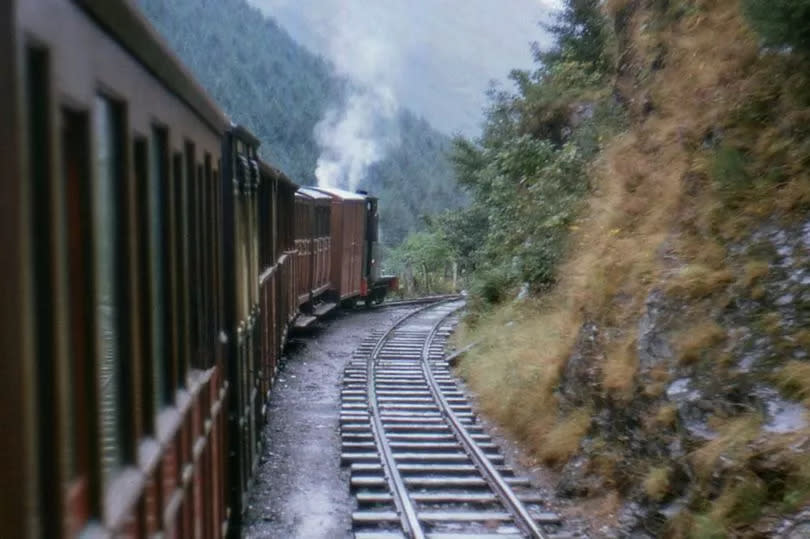
The modern world might seek ever-faster and ever-sleeker rail transport, but there is something undeniably magical about an historic steam train, chugging and puffing rhythmically as it meanders through the countryside. Wales is home to some of the most renowned heritage railways in the world, offering passengers breath-taking views of the country's lush valleys, shimmering lakes, majestic peaks, and dramatic coasts.
Of all the vintage railways, the narrow gauge and miniature varieties are perhaps the most charming. There is a four-day trip you can take in the heart of the country, jumping aboard some of Wales' little trains.
Visit Mid Wales, run by tourism organisation MWT Cymru, has drawn up the itinerary for the tour through rural areas and along the coastline. You'll travel 170 miles on the Cambrian Main Line and Cambrian Coast Line, and your journey on these mainline routes will be interspersed with 30 miles of trips on six narrow gauge railways: Welshpool & Llanfair Light Railway, Rheidol Railway, Corris Railway, Talyllyn Railway, Fairbourne Railway and the Ffestiniog Railway.
READ MORE: The epic nine-day hike through a part of Wales that 'most walkers haven't caught on to'
READ MORE: The 'ancient capital of Wales' that has the UK's best restaurant on its doorstep
For pit-stops along the way, you can stay in and explore the quaint market town of Machynlleth and pretty seaside resorts of Aberystwyth, Barmouth, Porthmadog. Whether you're a railway enthusiast, or just fancy something different from mainline services, it's an epic adventure that's great for your next long weekend.
Day 1: Welshpool & Llanfair Light Railway
On the first day, you'll begin in Shrewsbury station in the West Midlands, taking a short trip on the Cambrian Line to Welshpool station. At the Powys town, you'll embark on your first little train of the journey: the Welshpool & Llanfair Light Railway.
A steam train will take you on a 16-mile trip, from Welshpool to Llanfair Caereinion and back. The railway was built in 1903 to link farming communities with Welshpool. It was closed in 1956 but was revived by rail enthusiasts in the 1960s.
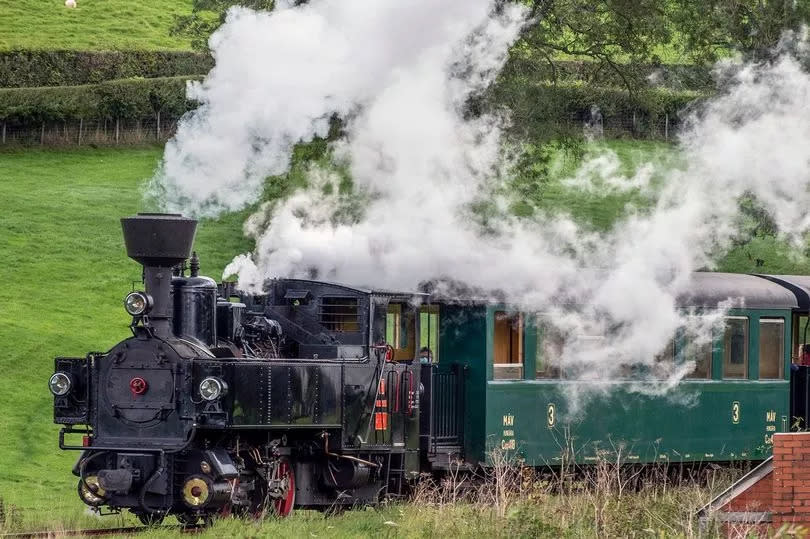
Today steam trains from all around the world chug along the line. Many of the carriages have open balconies that you can stand on, so you can get a great view of the nature and wildlife along the journey.
The route takes you over a viaduct and climbs the steep Golfa Bank and there's an opportunity to spot deer, pheasants, and wild flowers in the Powis Castle Estate. You can break up the journey with a bite to eat in the tearoom at the station in Llanfair Caereinion. When you're back in Welshpool, you'll hop on the Cambrian Line again for the next leg of the journey to Aberystwyth.
Day 2: Rheidol Railway and Corris Railway
Staying overnight in Aberystwyth, this seaside town is where you'll jump aboard your second historic stream train - the Vale of Rheidol Railway, which has been operating for more than 120 years. This is another rural journey, taking sharp curves and steep gradients for just over 11 miles between Aberystwyth and the tiny village of Devil's Bridge.
The train traverses a changing terrain - from ancient woodland to craggy mountains - and you might spot birds of prey such as red kites and buzzards curving in the sky. You'll also be able to hear the powerful locomotive working hard to climb an elevation of 700ft.
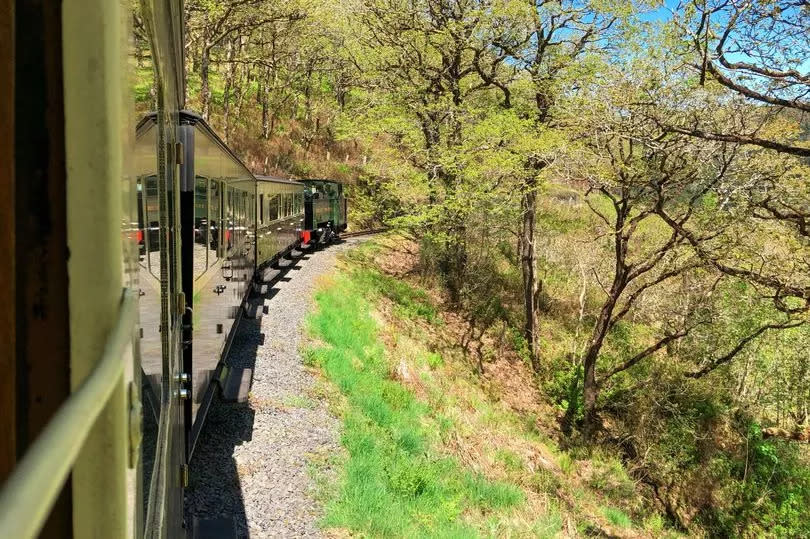
After one hour, you'll reach Devil's Bridge, a community nestled on the western slopes of the Pumlumon massif, the highest point of the Cambrian Mountains. Here you can check out the three arch bridges that give the area its name, the famous 300ft Mynach Falls, Jacob's Ladder and Devil's Punchbowl.
Once you've had your fill of exploring and head back to Aberystwyth, you'll take the Cambrian Line again to head to Machynlleth. From here you'll hop on your third old-fashioned train on the Corris Railway. Its terminus is located five miles north of Machynlleth and you can get there by bus.
The line opened in the 1850s as tramway for horse-drawn carts to carry slate from the quarries of Corris Uchaf and Aberllefenni to the banks of the River Dyfi from where it was shipped. In 1878, locomotive operation started, with three steam locomotives and ten passenger carriages introduced.
Today you can take a gentle 50-minute trip - which starts and ends at Corris Station - through the verdant Dulas Valley, where you'll spot sheep grazing and possibly buzzards swooping overhead. The journey has a break at Maespoeth where you can check out the workshops at the railway's headquarters. At Corris there is the railway's free museum, where you can see the original wagons for carrying slate.
After a busy day on steam trains, you'll had back to Machynlleth where you'll spend the night.
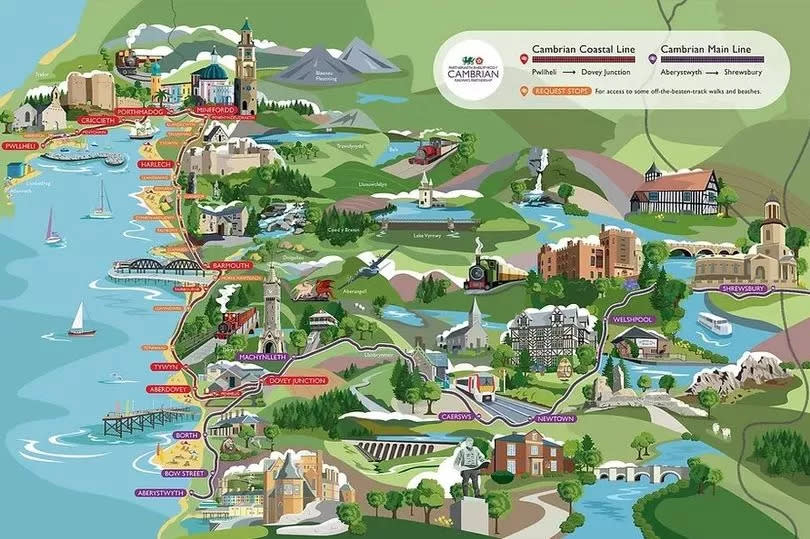
Day 3: Talyllyn Railway and Fairbourne Railway
On the third day, you'll head to Machynlleth Station where you'll jump back on the mainline once again - this time the Cambrian Coast Line, which heads north all the way to Pwllheli. As its name suggests, you'll see gorgeous seascapes on this mainline - so beautiful that trip was included in a list by the Guardian rounding up "the world's 10 epic train journeys".
Soon you'll reach the coastal town of Tywyn - on the edge of Snowdonia National Park, where you'll hop off the mainline to take a trip on the Talyllyn Railway, whose own terminus is just 300 yards walk from Tywyn's main station.
This award-winning historic railway is the first one to be preserved in the world in 1951 and dates back to 1865. The historic journey itself lasts two and a half hours and crosses just over seven miles from Tywyn to Abergynolwyn (where you'll have a 30-minute break for refreshments) and Nant Gwernol, before heading back to Tywyn.
You'll pass through ancient woodlands and meadows and from the stream train's covered and open carriages, you'll be able to marvel at Cadair Idris - one of Wales' highest peaks - in the distance. You might spot the likes of peregrine falcons, barn owls and cormorants along the way.
When you arrive back at the terminus, you can learn more about the history of narrow gauge railways at a museum, before you had back to the National Rail station and hop aboard the Cambrian Coast Line until you reach the seaside village of Fairbourne.
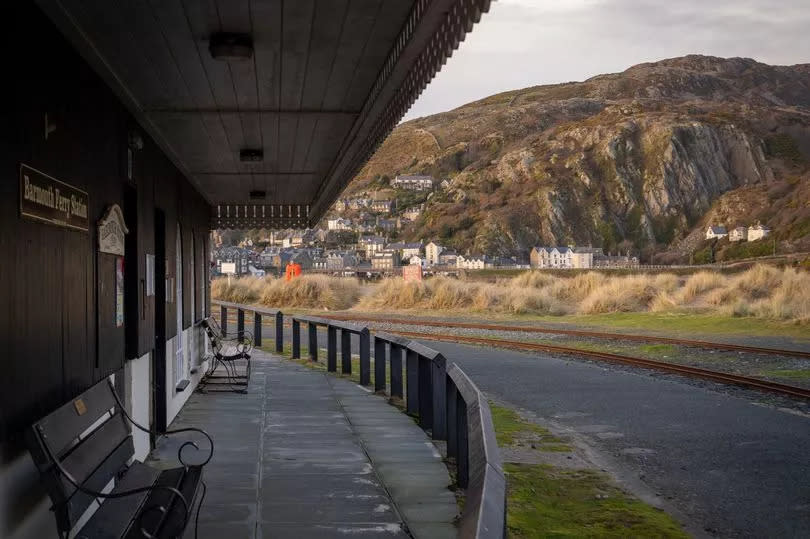
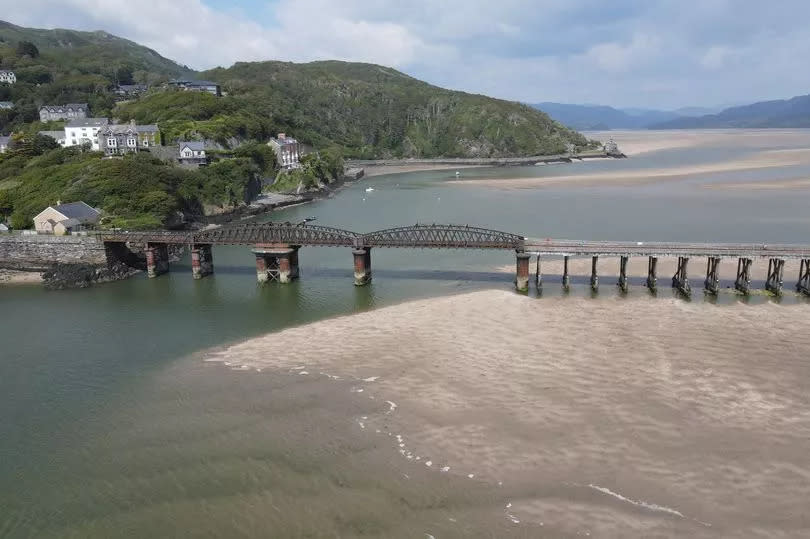
Here you'll find your penultimate heritage railway - the miniature Fairbourne Railway. It started life as a horse-drawn construction tramroad, before being converted into 15-inch gauge in 1916. It was then rebuilt as its present 12.25 inch gauge in 1986. You'll take its two-mile trip - which has been going for more than 100 years - from the village to the mouth of the Mawddach Estuary, where you can hop on a ferry to make a short trip Barmouth. Or you can head back to Fairboune's station and hope back on the Cambrian Coast Line, taking it over the iconic- 900-yard wodden Barmouth Bridge to Barmouth.
Day 4: Ffestiniog Railway
After a good night's sleep in Barmouth, you'll hop on the Cambrian Coast Line and travel up to the coastal town of Porthmadog. Here is where you'll journey on the last - but certainly not least - vintage railway of your adventure: the Ffestiniog Railway in the heart of Snowdonia National Park. Holding the title of the oldest narrow gauge railway in the world, it is arguably of the most impressive of the bunch.
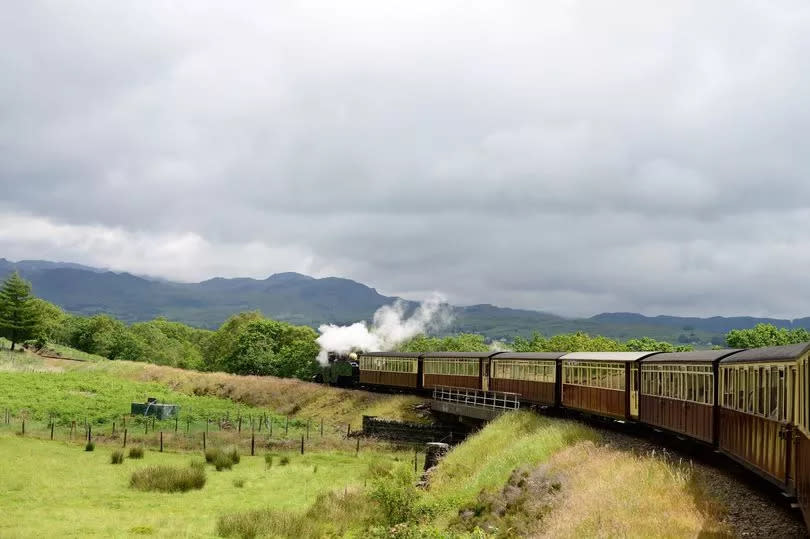
It was created in 1832 to carry slate from the small mining town of Blaenau Ffestiniog to the coast for shipping. You can make the same 13½-mile journey today from the harbour in Porthmadog to Blaenau Ffestiniog, which has been dubbed 'the capital city of slate' and 'the town that roofed the world'. It's also one of the six key areas of the Slate Landscape of Northwest Wales which has been declared a UNESCO World Heritage Site.
The train climbs 700 ft from sea level up into Snowdonia's heights. The three-hour round-trip - which includes a layover at Blaenau Ffestiniog - will take horseshoe bends (even a complete spiral) and cling to the mountainside or even tunnel through it, according to the railway's website. All the while you'll be treated to views of pastures, forests, lakes and waterfalls.
You can see the full details of the tour and plan your trip using Visit Mid Wales' itinerary planner.

 Yahoo News
Yahoo News 
